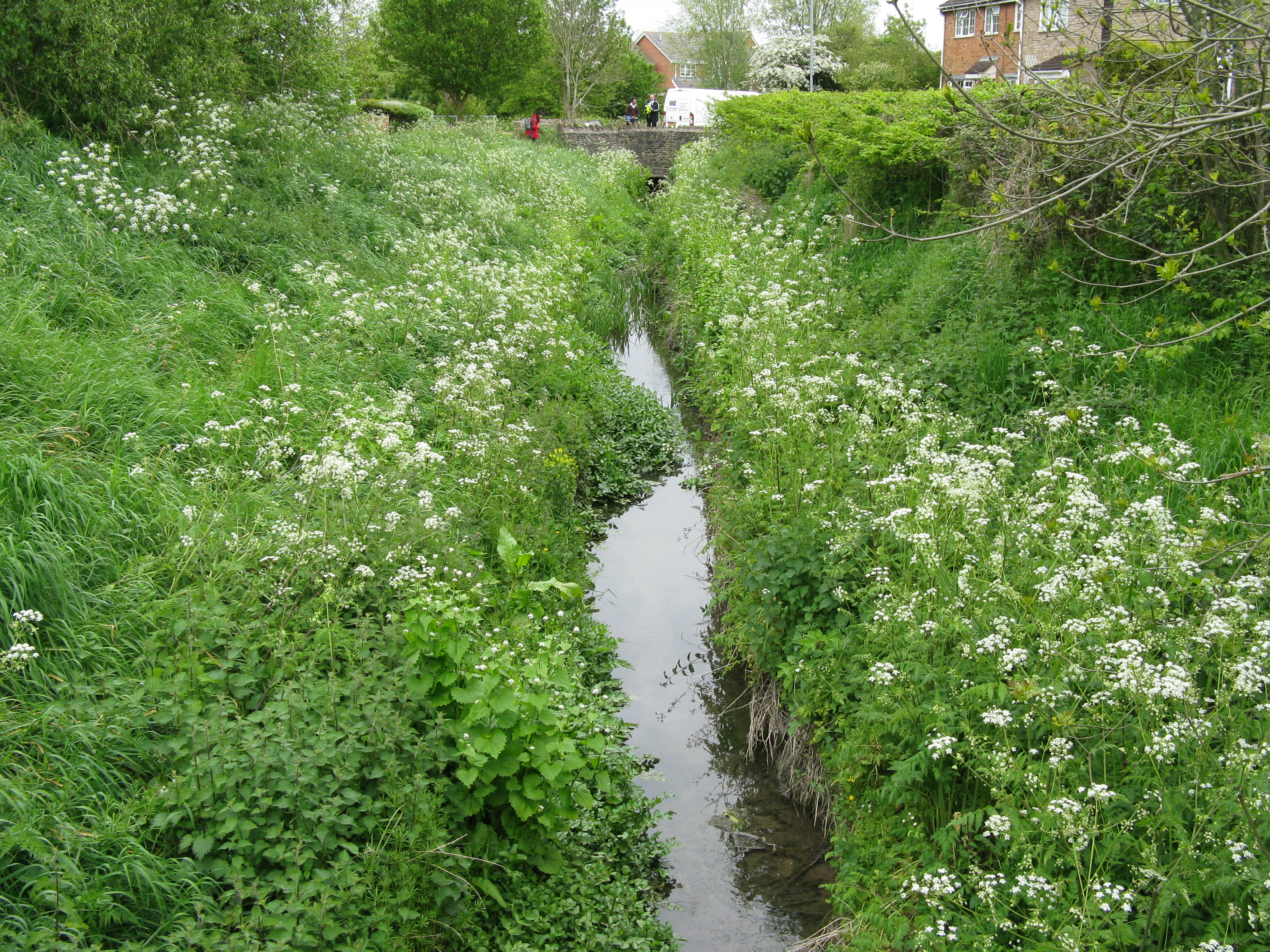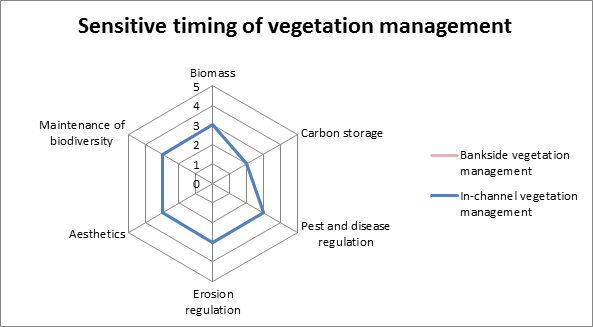 The banks and margins of a watercourse support a wide range of plant species, which in turn support fish, invertebrates, mammals, reptiles and birds. Where there is a need to actively manage vegetation (e.g. to maintain flow conveyance and prevent an increase in flood risk) there is potential for the important habitats to be damaged. This can be reduced by undertaking vegetation management activities at the most appropriate time of the year.
The banks and margins of a watercourse support a wide range of plant species, which in turn support fish, invertebrates, mammals, reptiles and birds. Where there is a need to actively manage vegetation (e.g. to maintain flow conveyance and prevent an increase in flood risk) there is potential for the important habitats to be damaged. This can be reduced by undertaking vegetation management activities at the most appropriate time of the year.
Techniques
To avoid unnecessary ecological damage, maintenance should be avoided during certain times of the year, depending upon the species concerned:
- Birds - Vegetation clearance should be avoided during the bird nesting season (March – July)
- Water voles - Works should be avoided during the winter hibernation period (October – March) and summer breeding season (May – July)
- Fish - Avoid undertaking work which reduces shelter for migrating fish and juvenile fish. This timing varies depending upon the species
Benefits
Ensuring that vegetation management is undertaken at the appropriate time can deliver a range of benefits, including:
- Direct ecosystem services benefits associated with maintaining and improving biodiversity
- Aesthetic improvements to the watercourse, by providing a more natural look
- Reduced costs of appropriate vegetation management regime
Case Study Benefits
This diagram displays a comparison of benefits scores (using a high-level ecosystem service assessment methodology) associated with the techniques used in each case study. More details on the methodology can be found here.
(Please note: the 'Bankside vegetation management' case study scored the same as the 'In-channel vegetation management' case study so is not visible due to overlap of lines)